I’ve had some trouble finding a high-quality safety squat bar that actually fits my power rack. Every year, I do a “fitness equipment” shopping spree, and on my last one, I came across a bar that looked great—solid build, good padding, the works. My power rack is four feet wide, so I asked the clerk:
“Will it fit?”
“It’ll fit,” he said confidently.
“You sure?”
“Yup!”
So, I bought it. When I got home and racked it up… it technically fit, but not the way I was expecting.

Close, But No Cigar
Another local shop had a safety squat bar that claimed to fit any rack up to 49.5 inches wide. My rack measures 49 inches on the dot—plenty of clearance, right? I bought it. And while it did fit better than the first, it still wasn’t quite right.

Now I was determined to find one that truly fit. Eventually, I came across a Canadian company that offered a heavy-duty safety squat bar, 51.5 inches wide between the bends, with free shipping to a local depot.
That seemed promising—so I ordered it.
And sure enough, it fit my rack perfectly… but there was a twist—literally.
Spot the Problem
When I placed the bar in my rack, something looked off. It wasn’t obvious at first, but once I snapped a few photos, the issue became clear: the bar was slightly twisted.
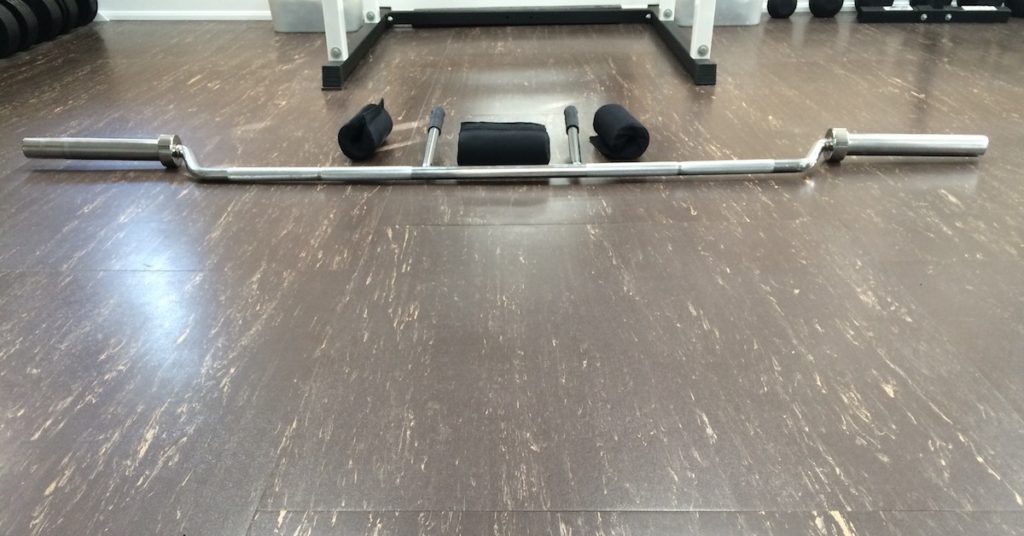
If you didn’t notice it, you will after you see these photos:
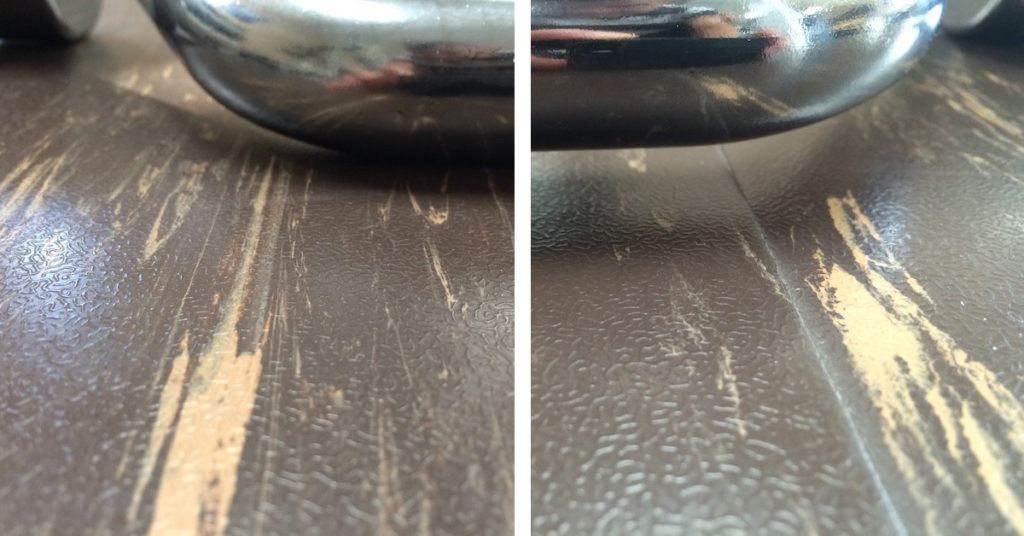
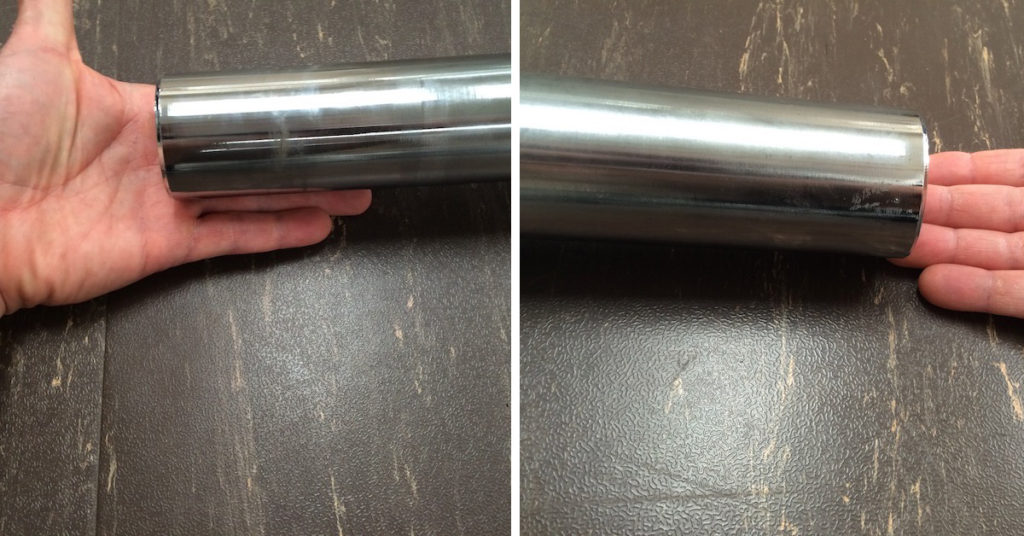
I contacted the company. They told me it was the first time they’d heard of that issue, but said it shouldn’t affect the bar’s function and encouraged me to give it a try.
So I did.
Looks Can Be Deceiving
Over the next month, I used the bar once a week. Each time, something strange happened—the middle pad kept shifting to one side. At first, I brushed it off. But after a few sessions, it started to bug me. Something was clearly off.
Was it the twist in the bar? My traps? Poor alignment?
Being a perfectionist, I investigated. The twist wasn’t the only issue. The handles were slightly offset from the center—not by much, but enough to cause the pad to drift every workout.
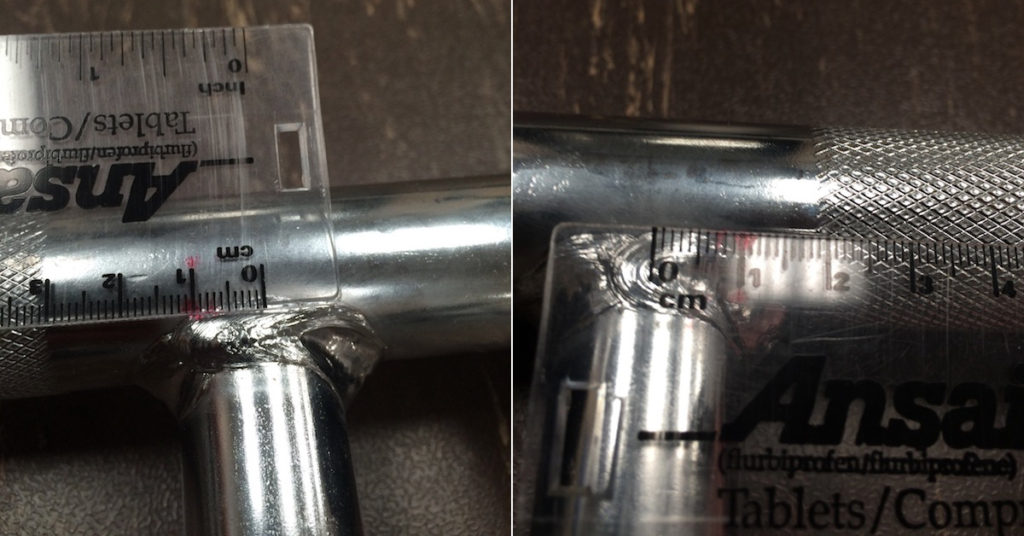
And that’s a big deal.
Half an inch here and there adds up. Over time, it can impose asymmetrical loading through the spine, potentially leading to muscle imbalances or injury. In short, this bar lacked the quality control you’d expect from serious training equipment.
When it comes to squatting heavy, “safety” shouldn’t be compromised. Lesson learned.
A Better Bar—From South of the Border
Canadian suppliers weren’t cutting it, so I looked south of the border. Yes, shipping from the U.S. can cost more than the product itself—but when it comes to a top-notch safety squat bar, it’s worth it.
I ended up choosing the Transformer Bar by Kabuki Strength—and I couldn’t be happier.
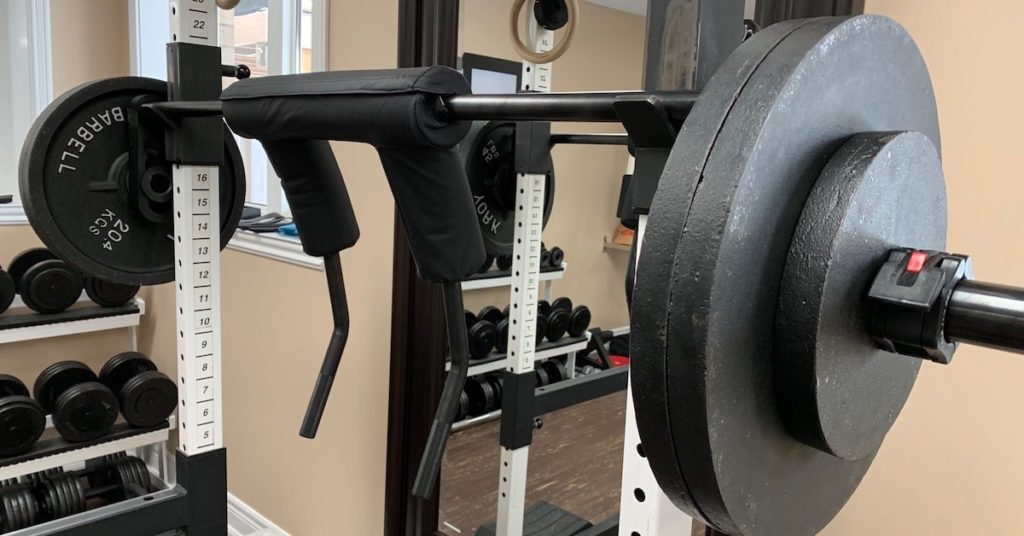
Why the Transformer Bar Wins
The Transformer Bar isn’t just a safety squat bar—it’s three bars in one. With a quick adjustment, it mimics:
- A regular straight bar
- A cambered bar
- A safety squat bar
The build quality is superb, the pad is centered and ultra-comfortable, and it fits my power rack. I can even store it upright in my vertical barbell holder.
Bottom line
When it comes to strength equipment, you get what you pay for. And with the Kabuki Transformer Bar, you’re getting the best.
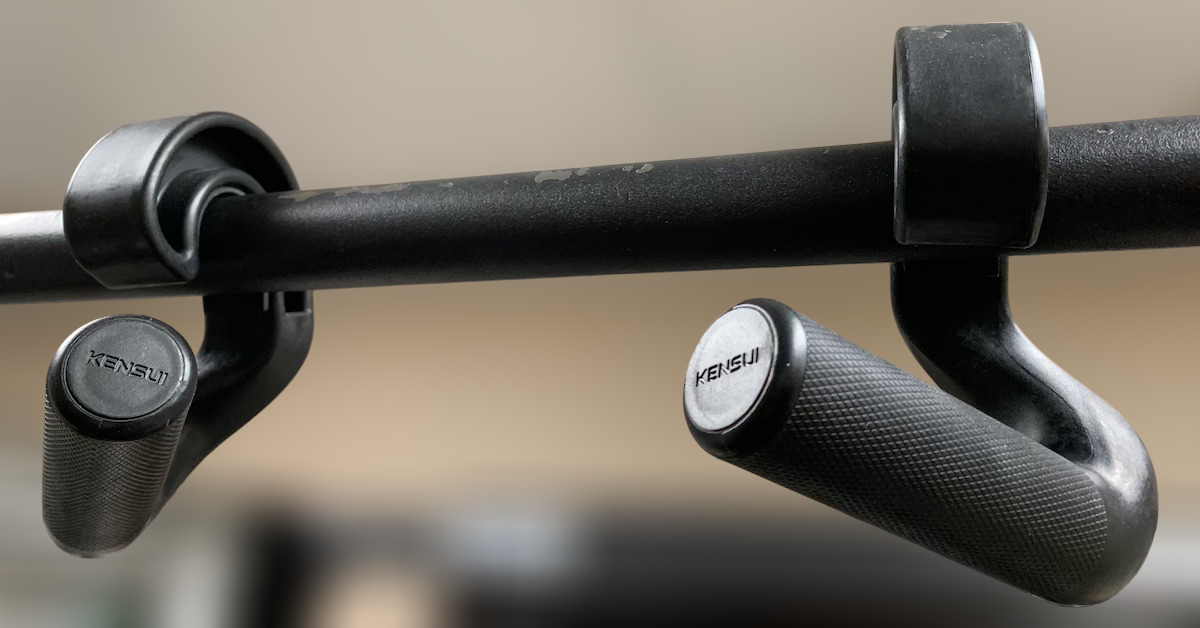
Upgrade Your Pull-Ups with Swissies-SP Handles
Pull-ups are one of the best exercises for building back and arm strength—but not all pull-up bars are created equal.

No Time to Walk After a Meal? Do This Instead!
By now, most people know that getting in daily steps is essential for overall health. In particular, taking a short

Stay Fit on the Fly: No-Excuse Workouts for Travelers
One of the biggest challenges people face when traveling is maintaining their exercise routine. The two most common excuses? Lack
follow
Error: No feed with the ID 2 found.
Please go to the Instagram Feed settings page to create a feed.
